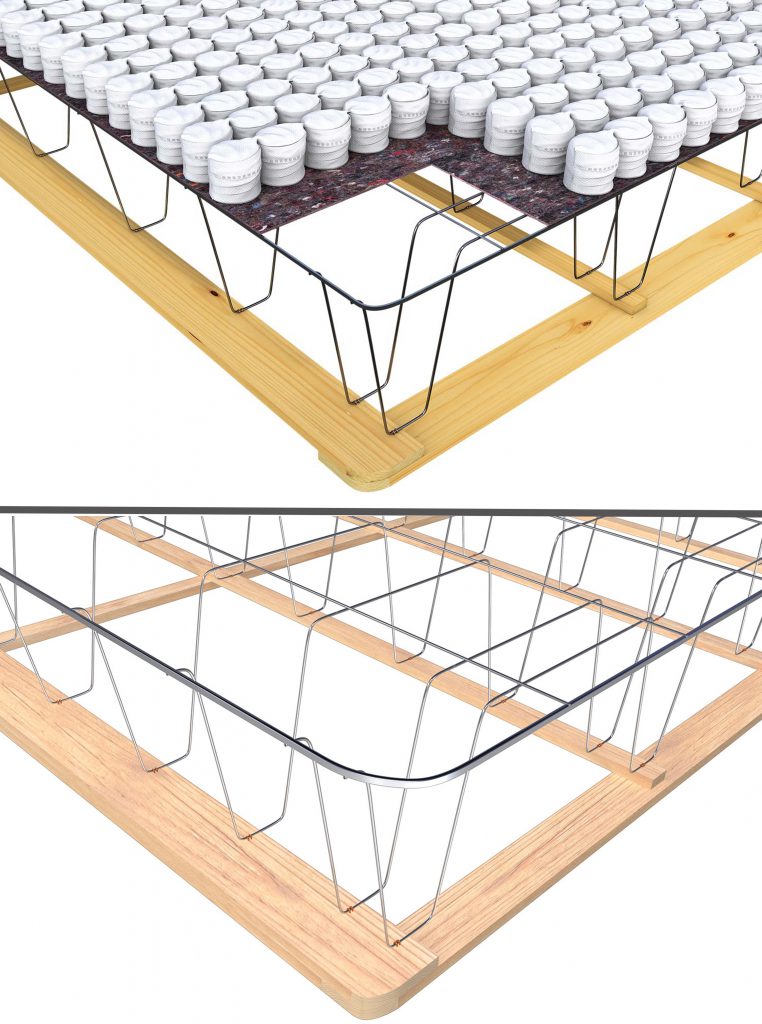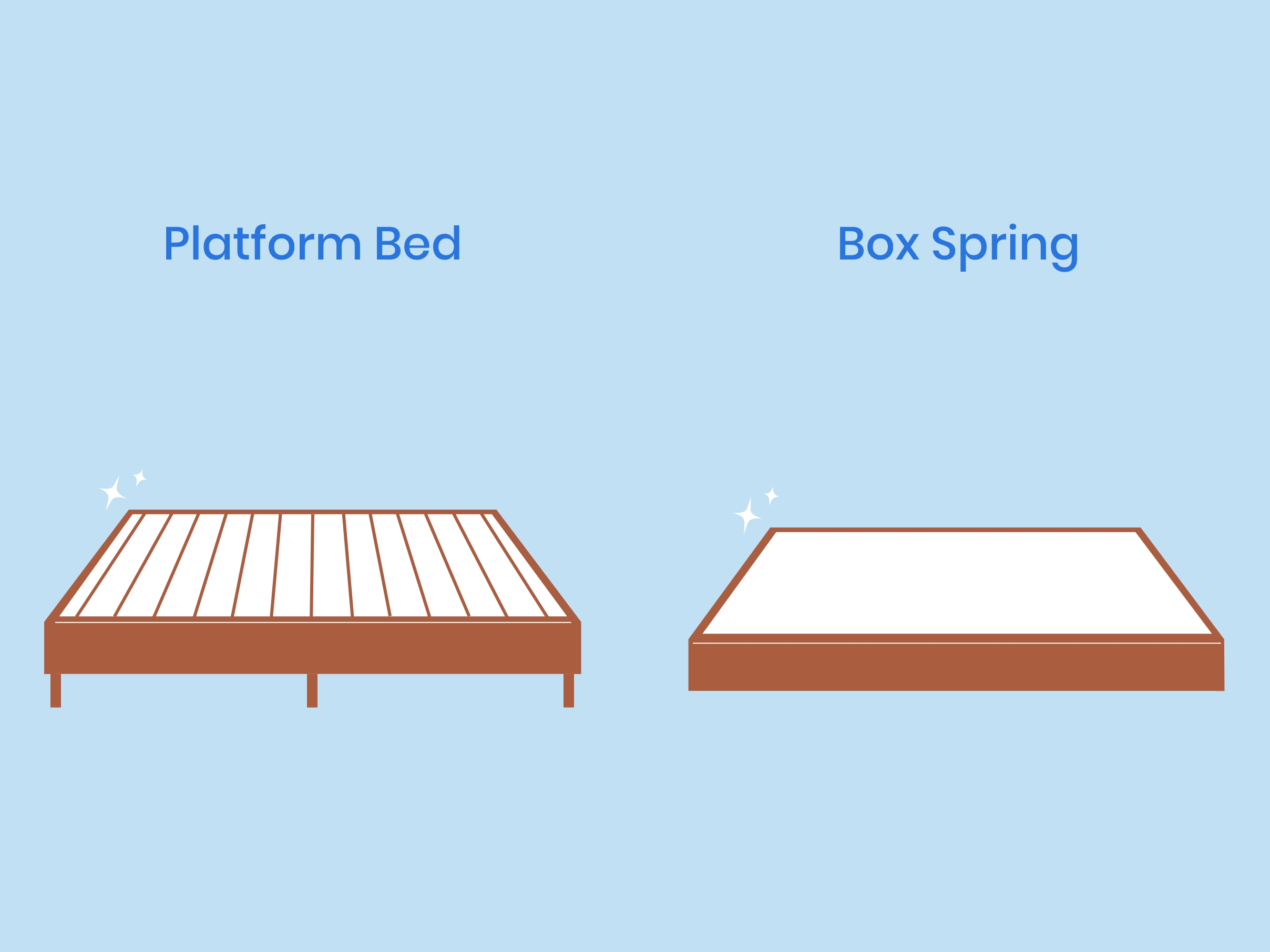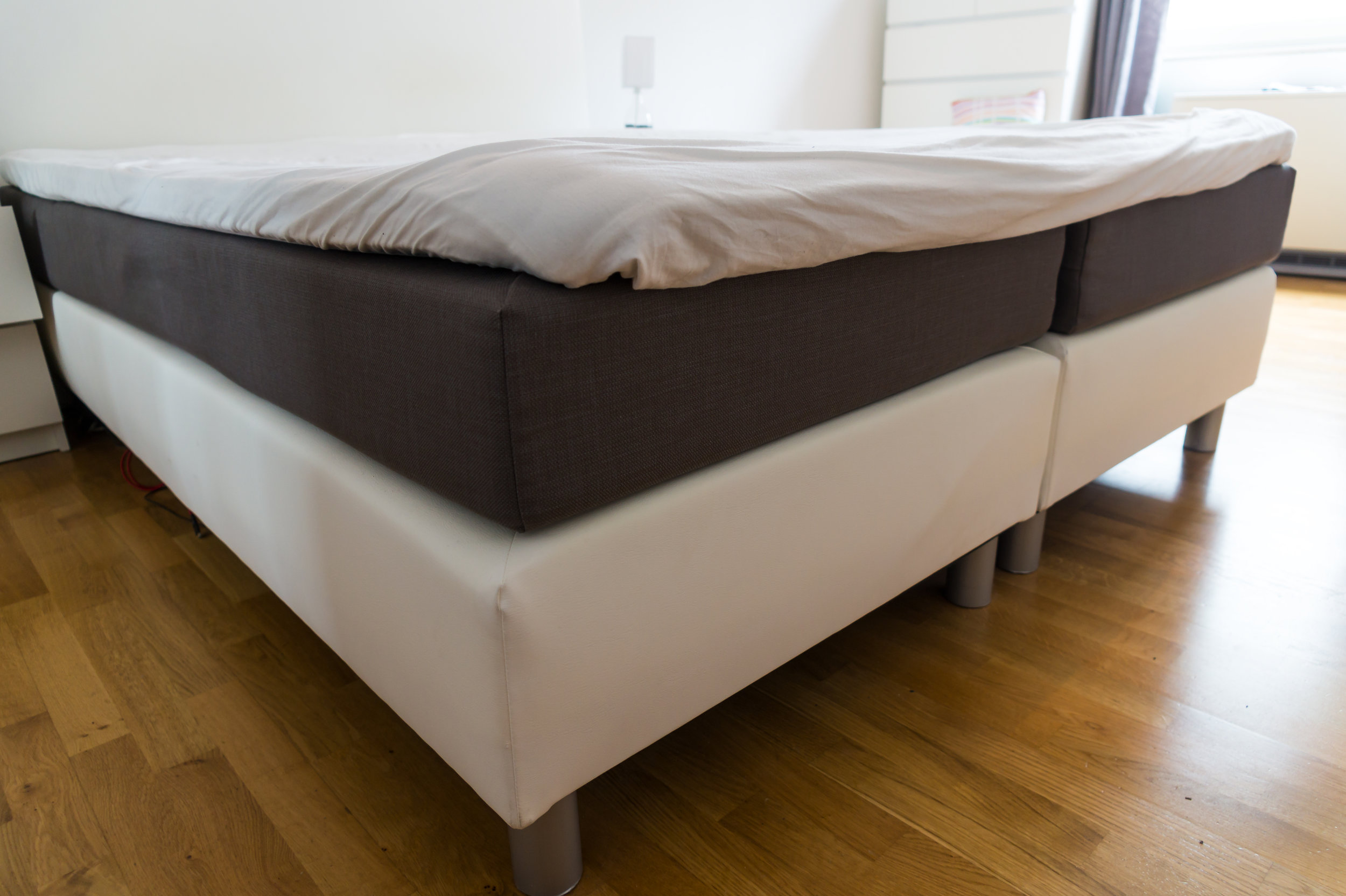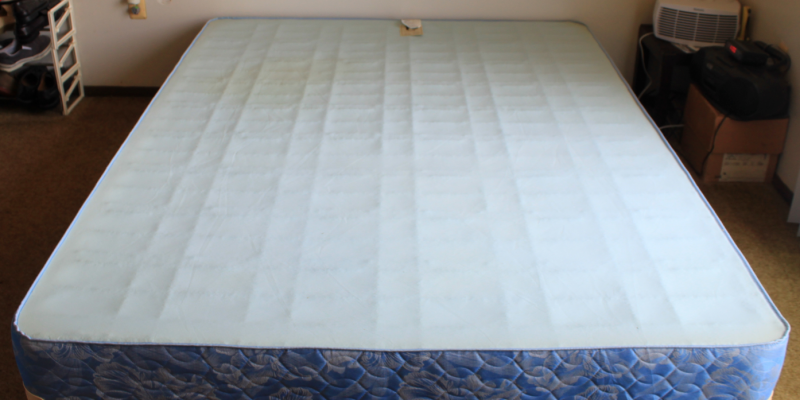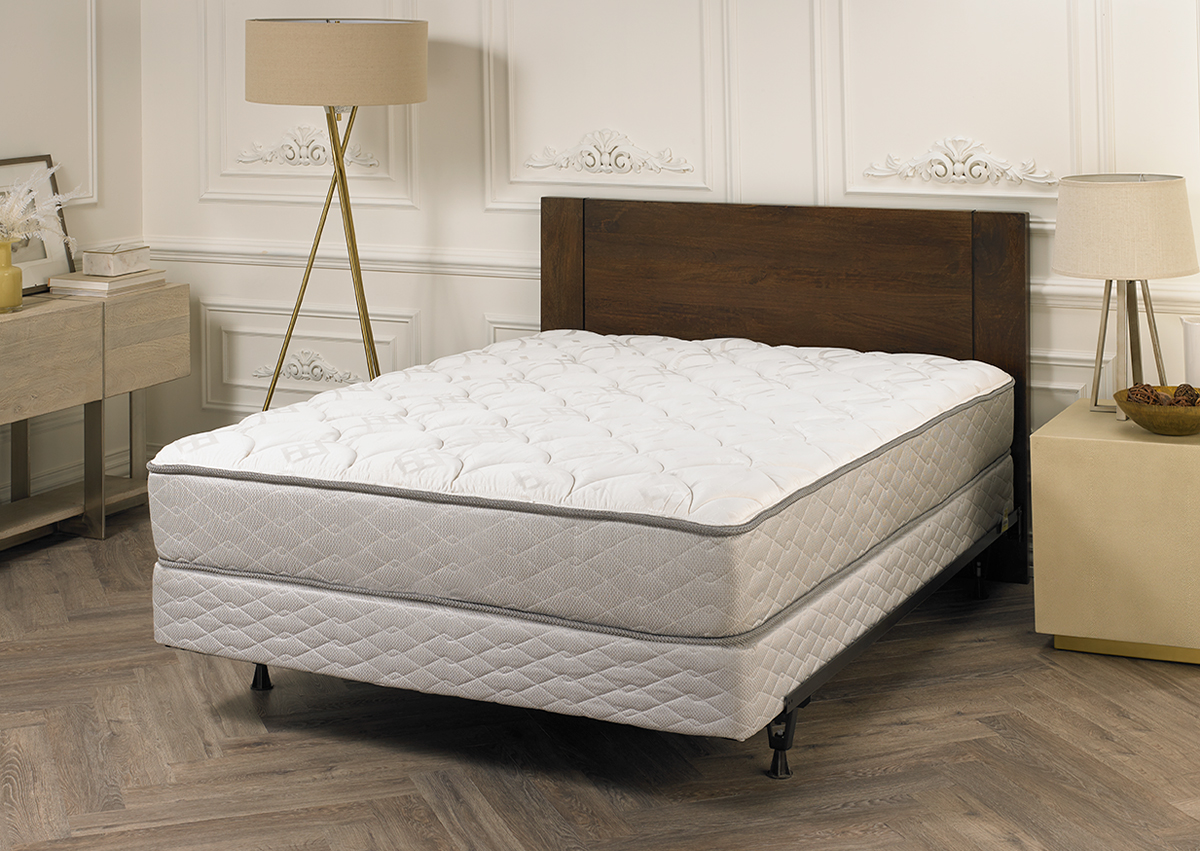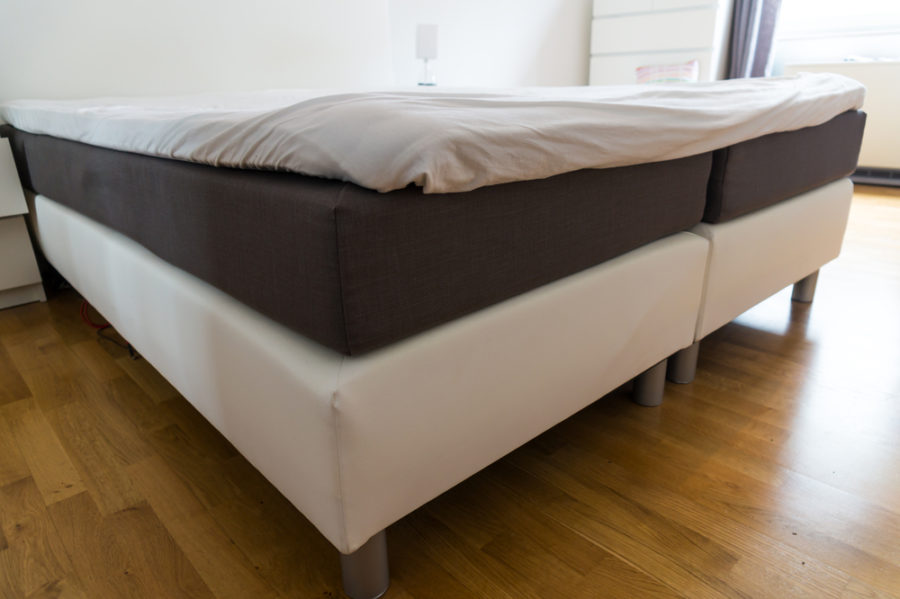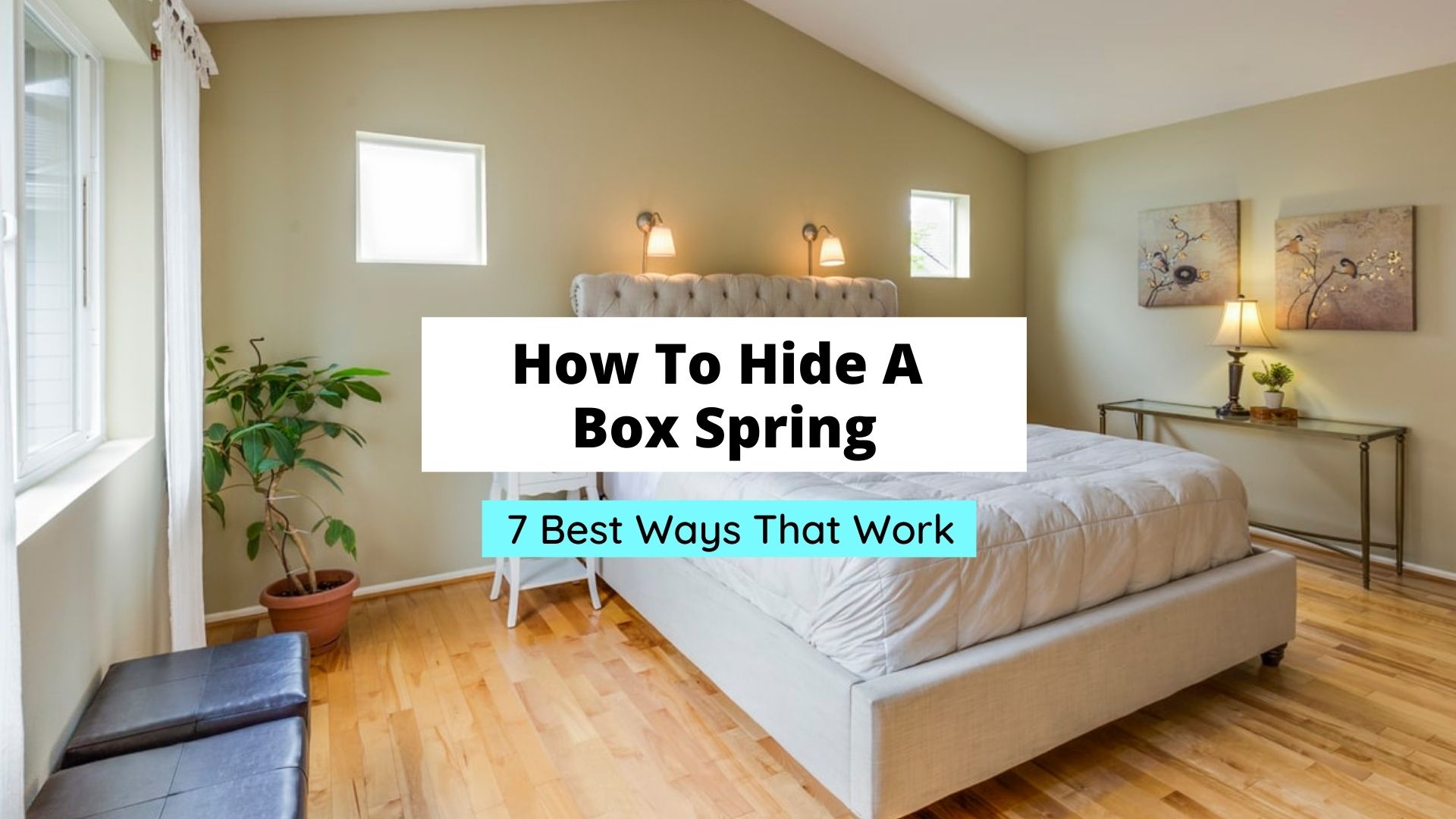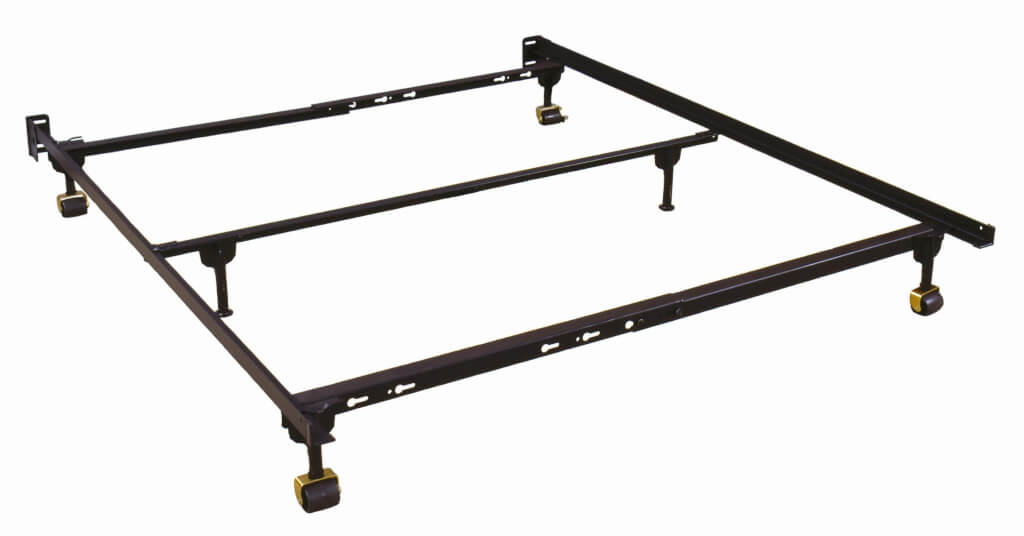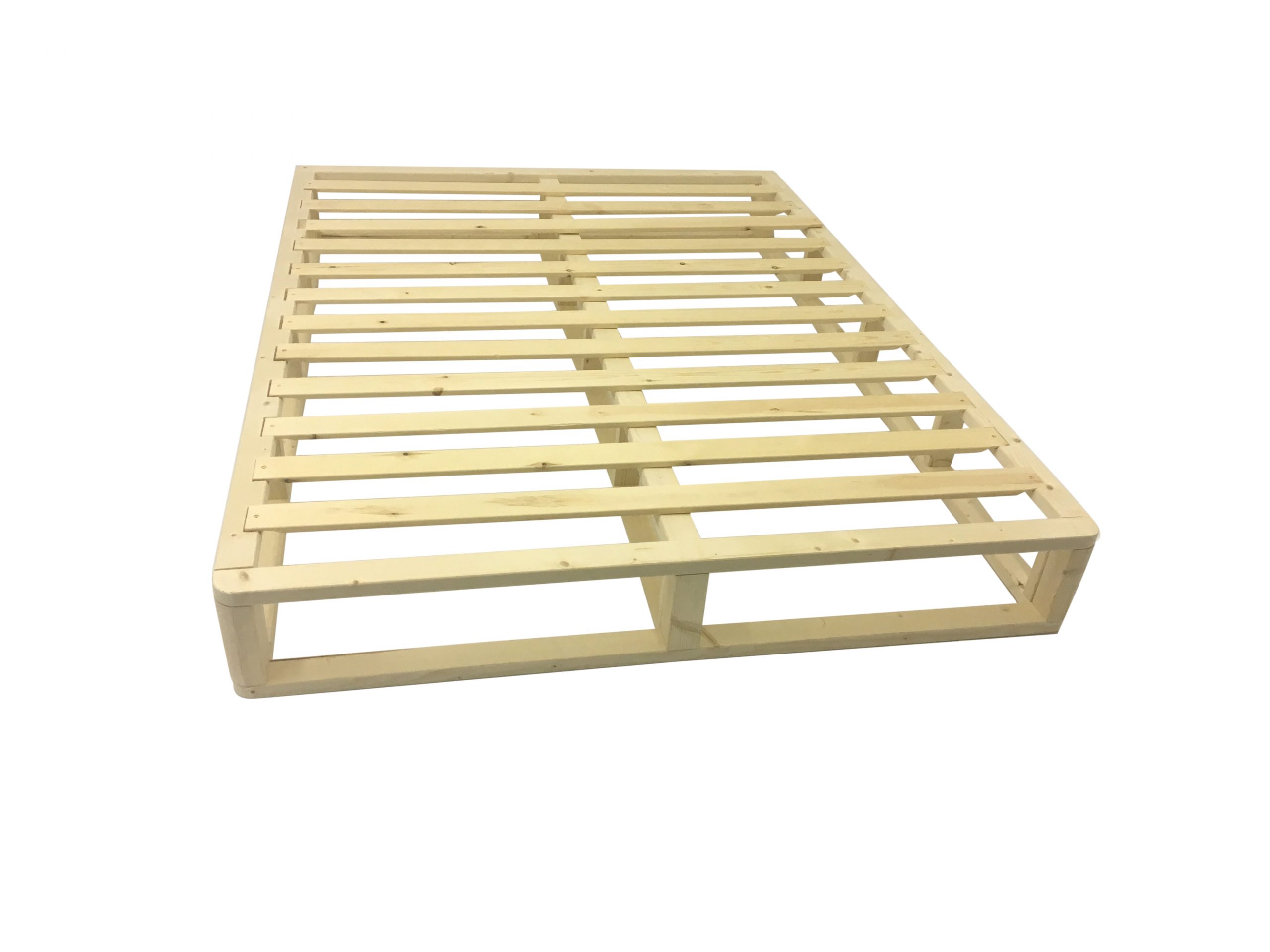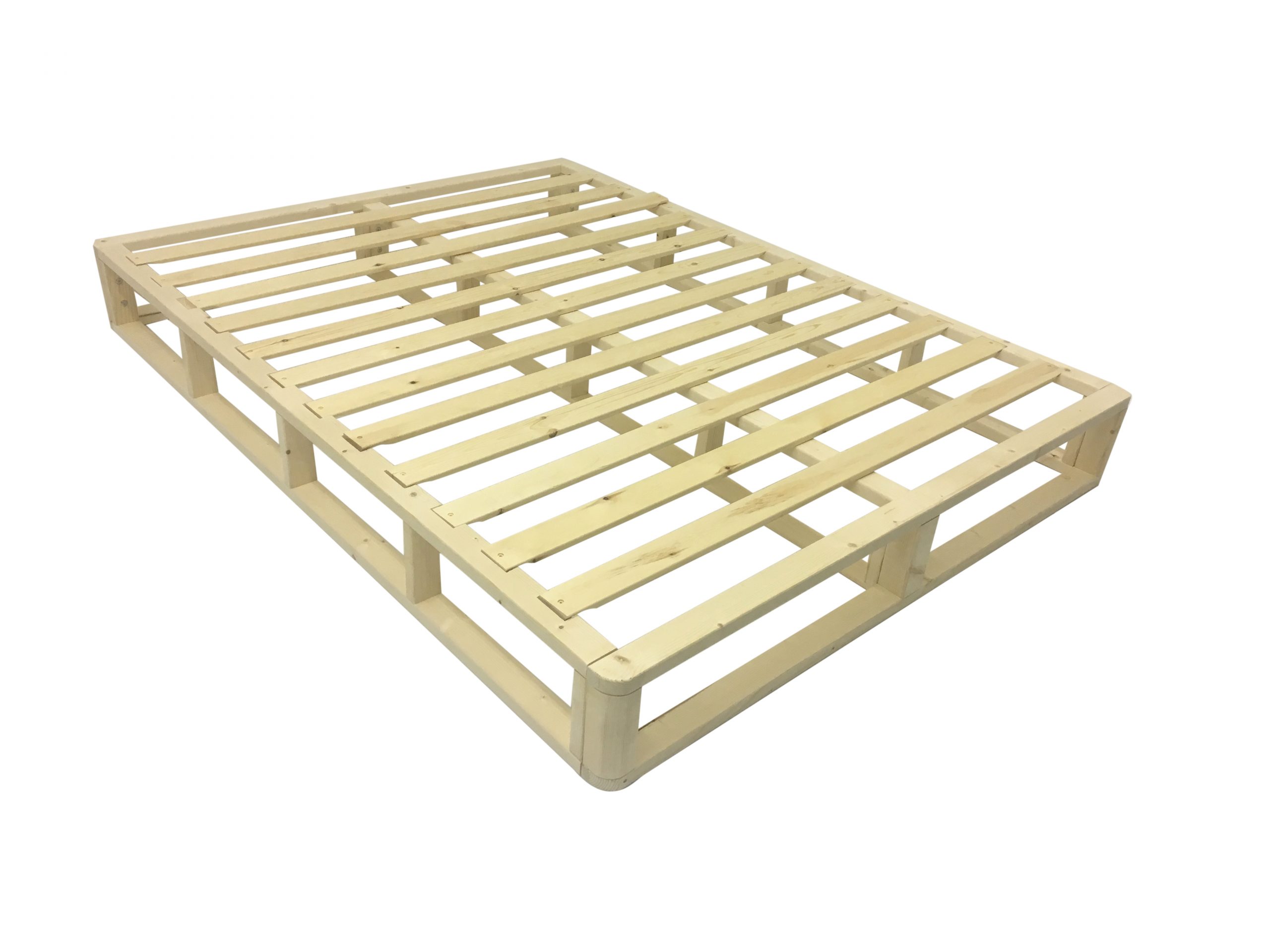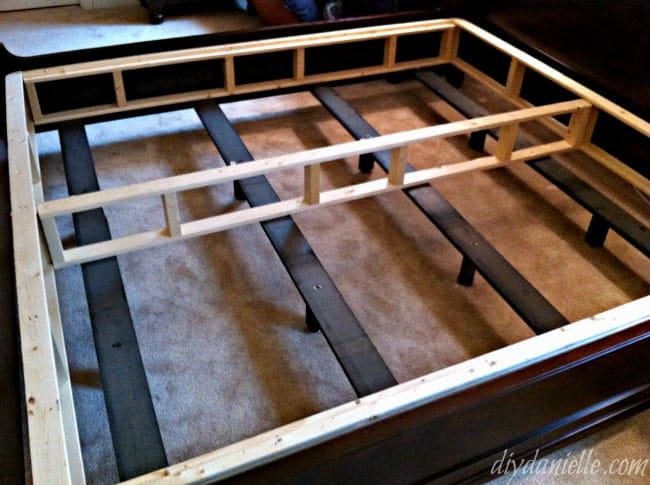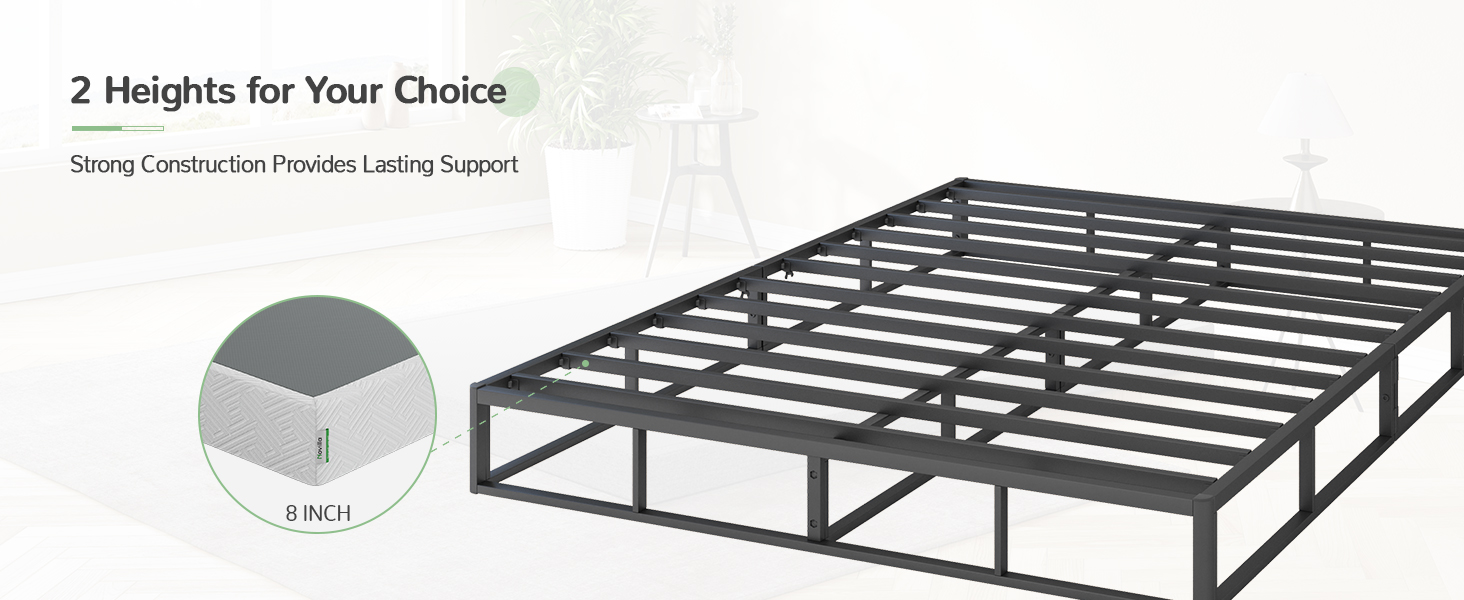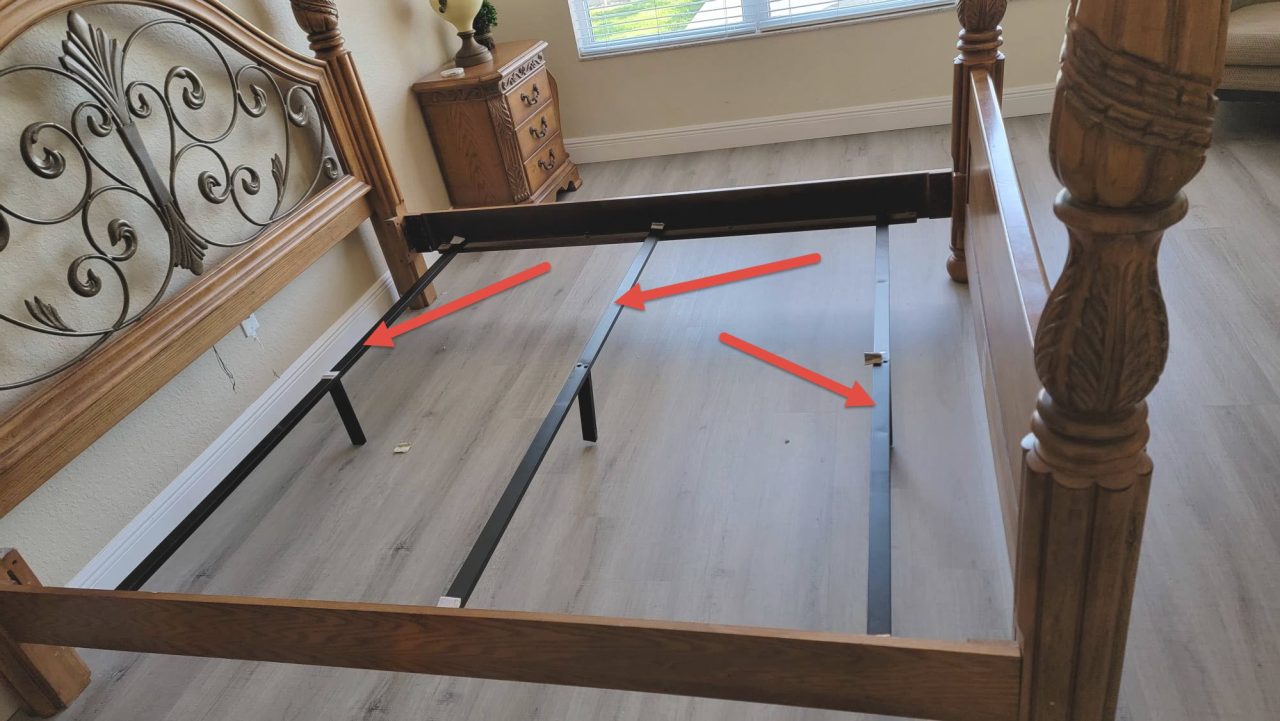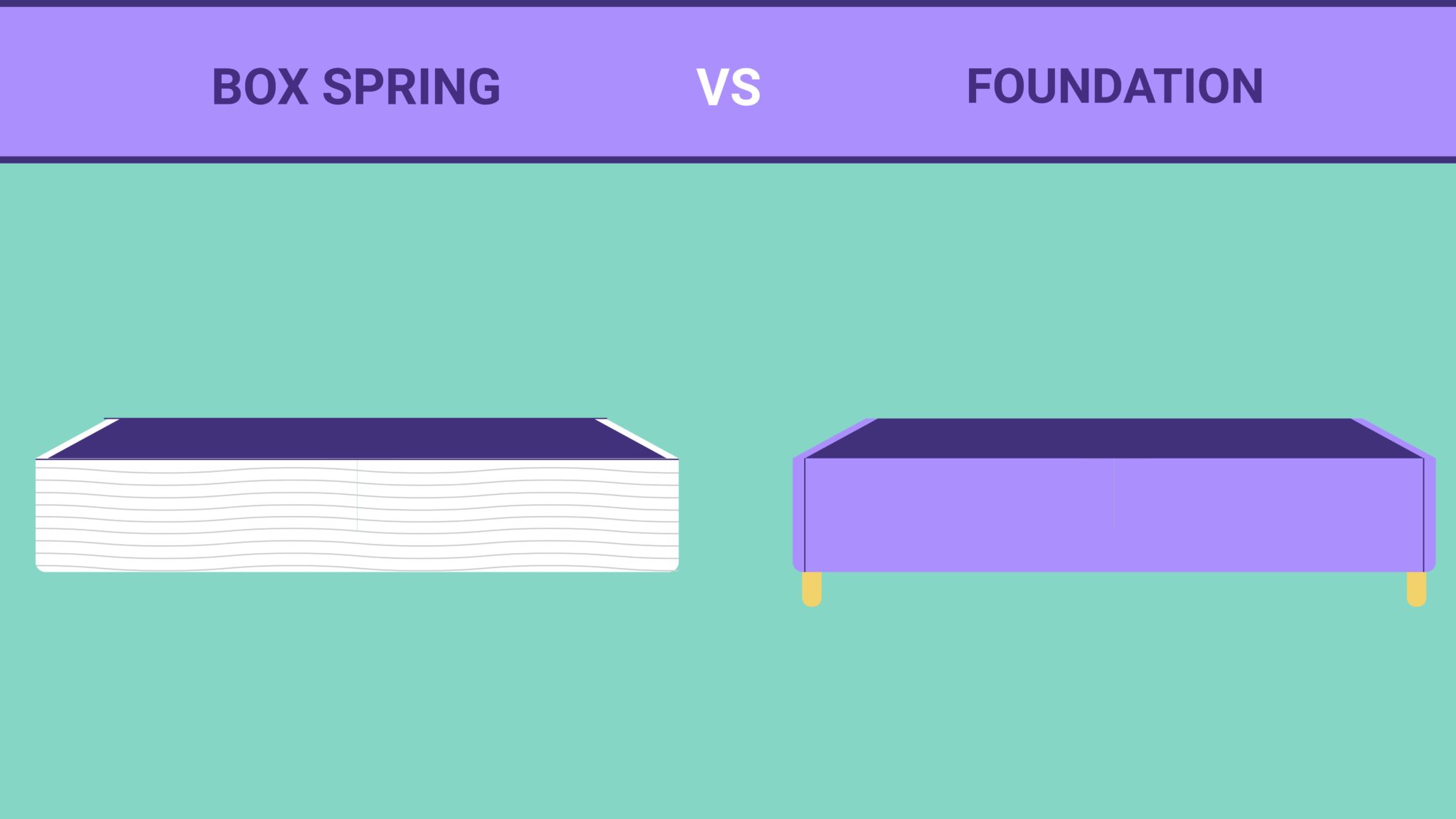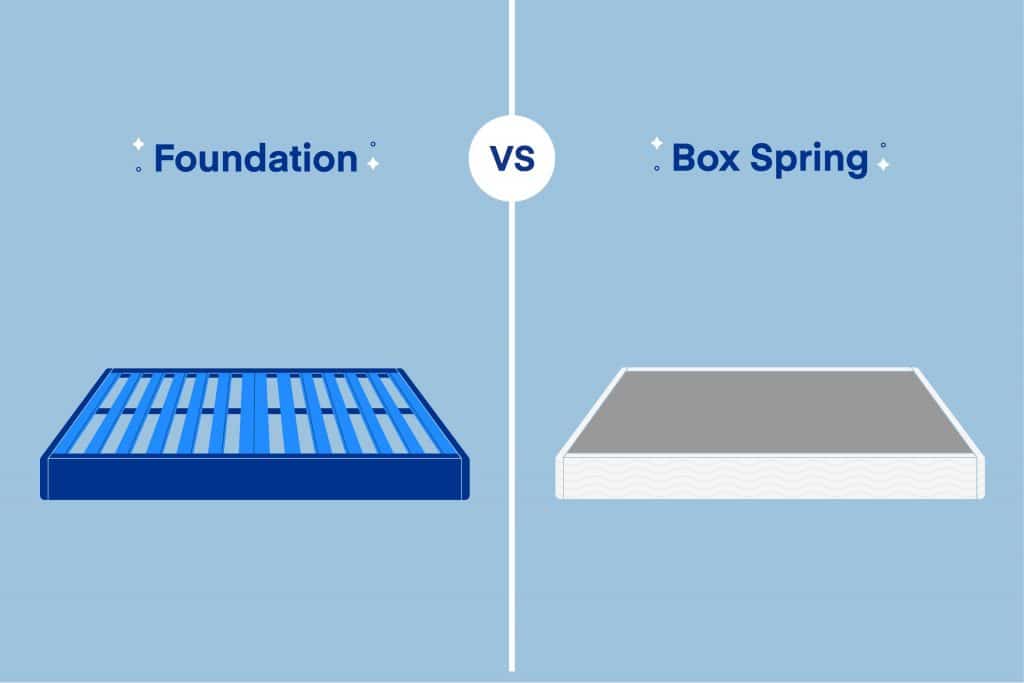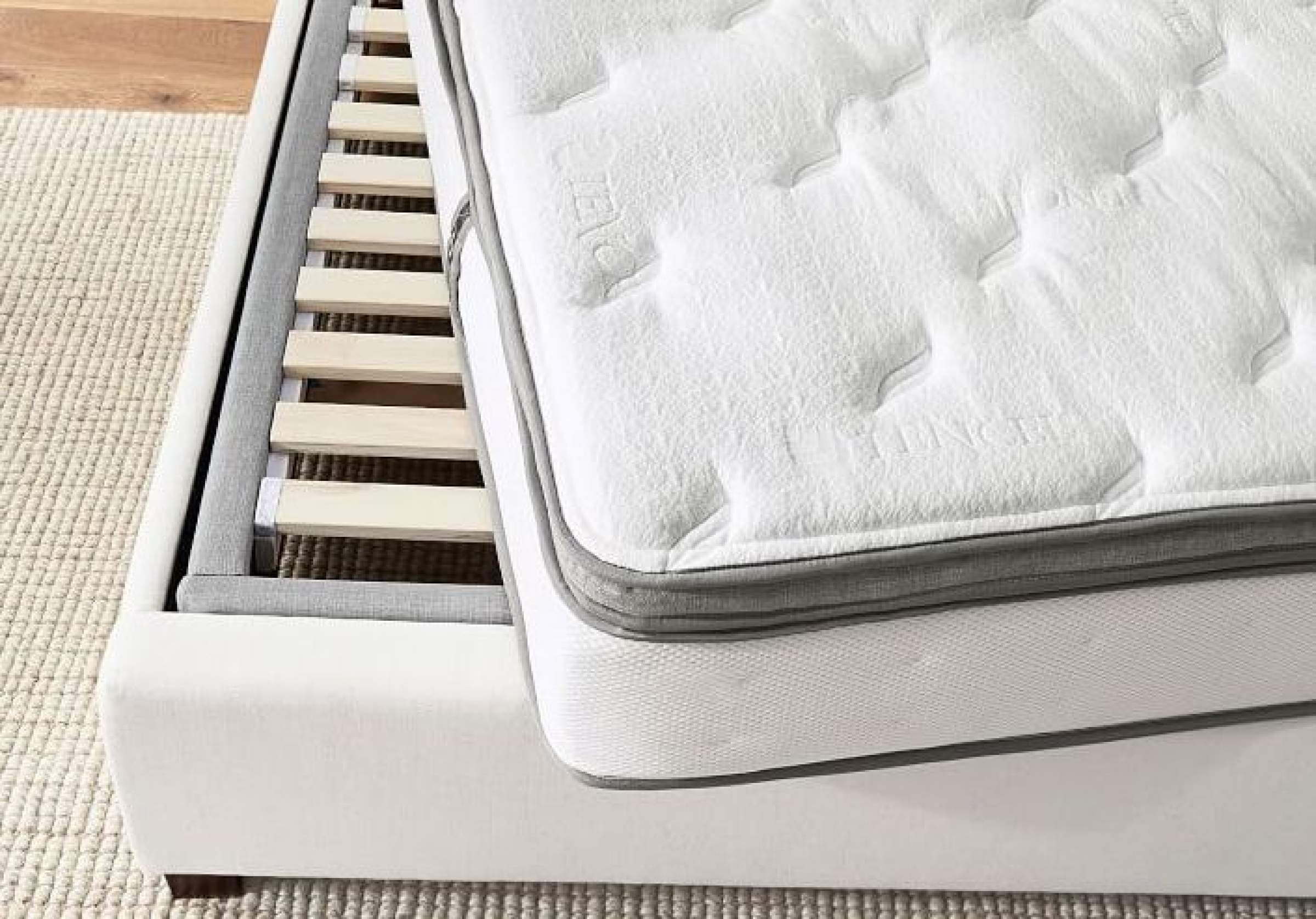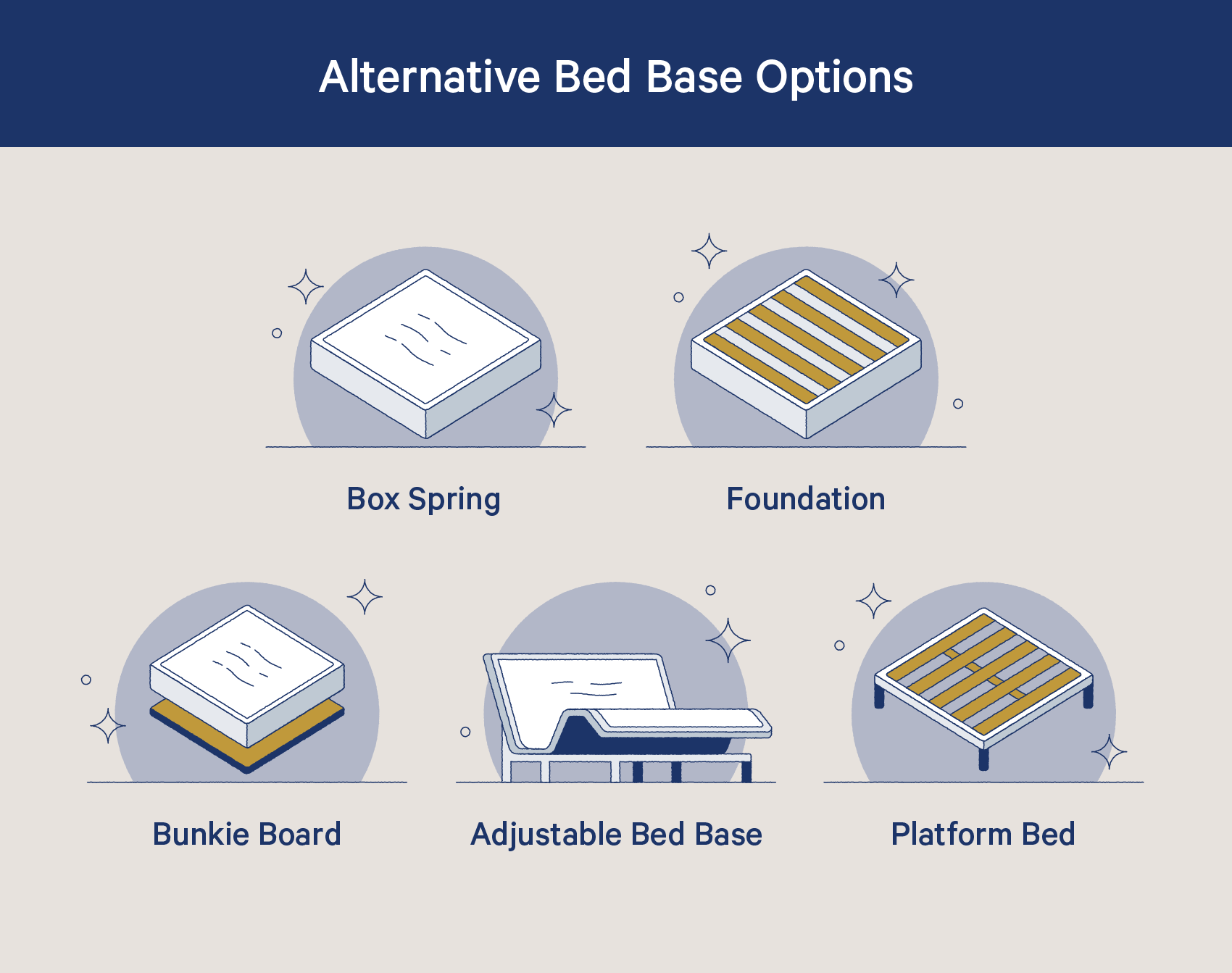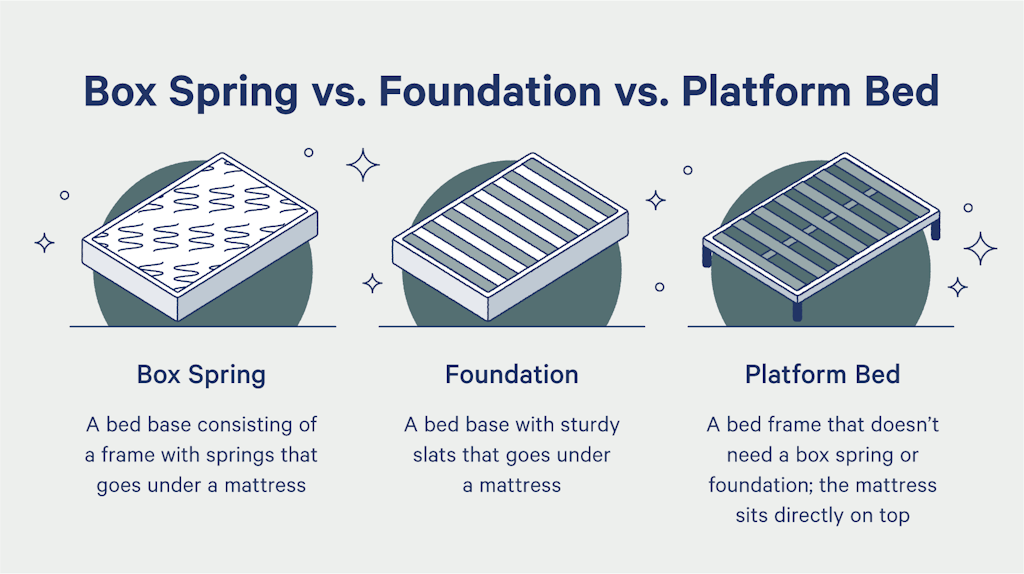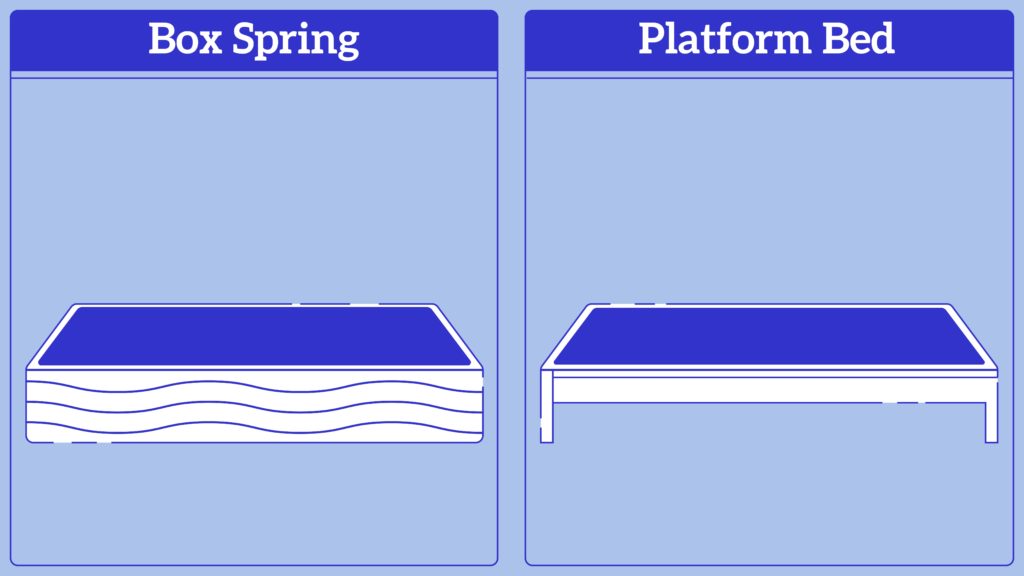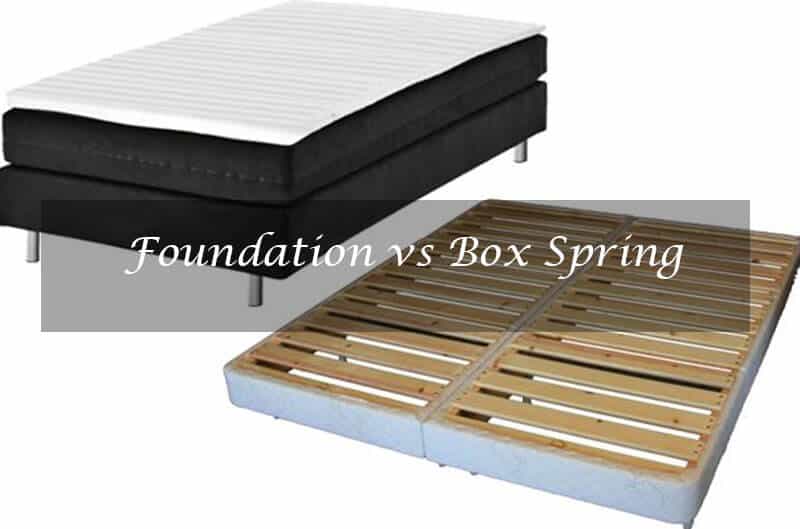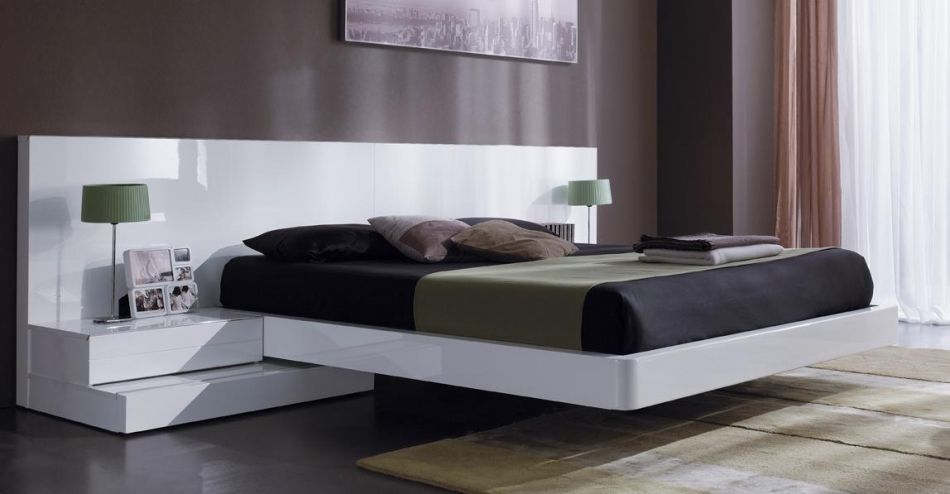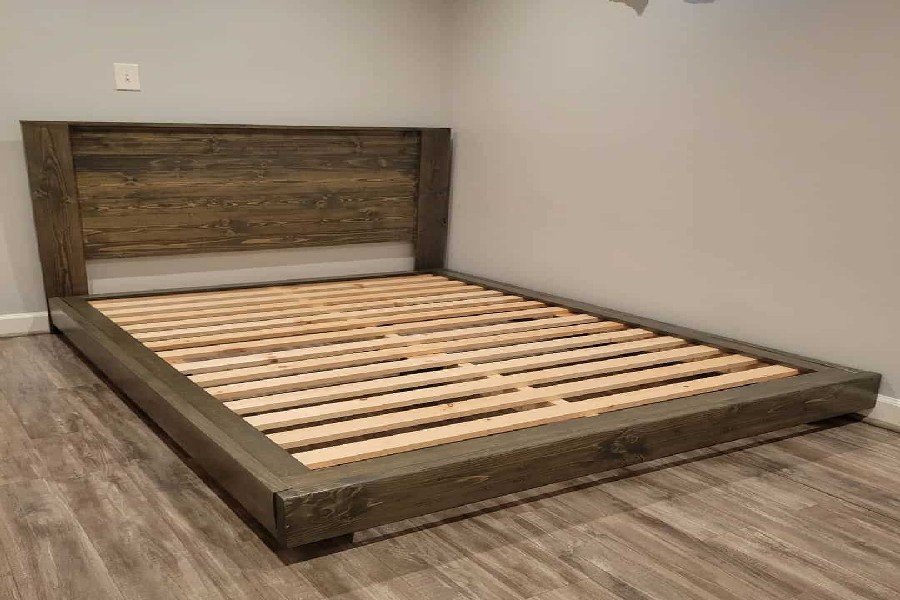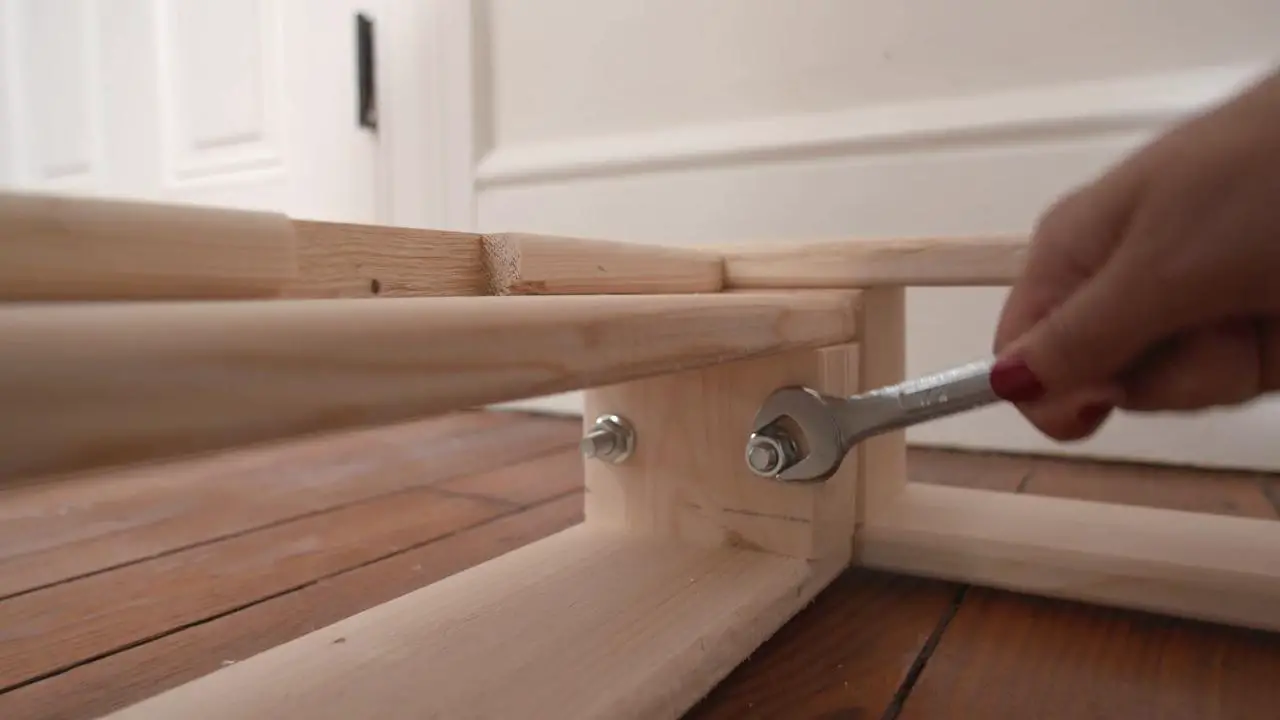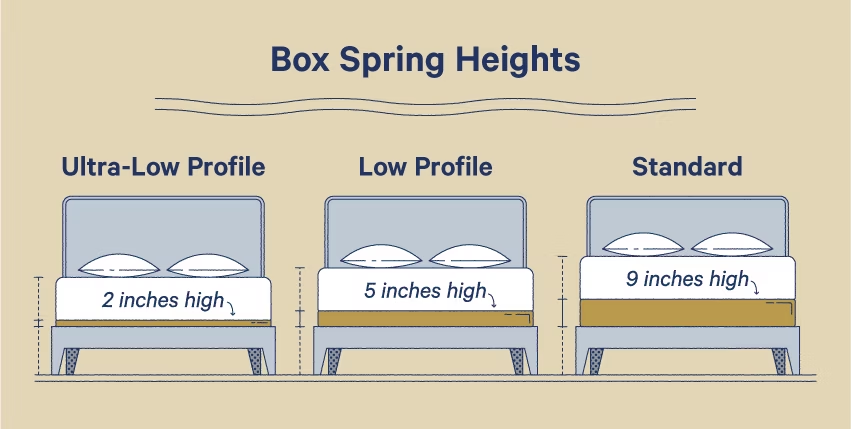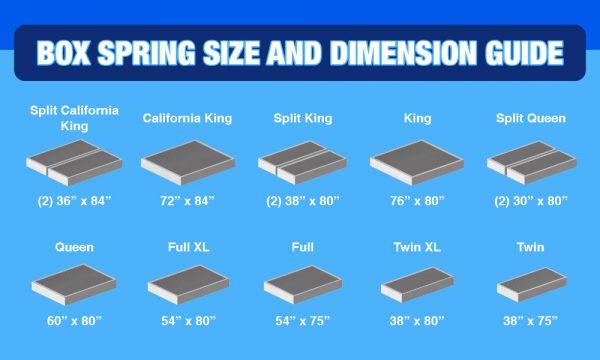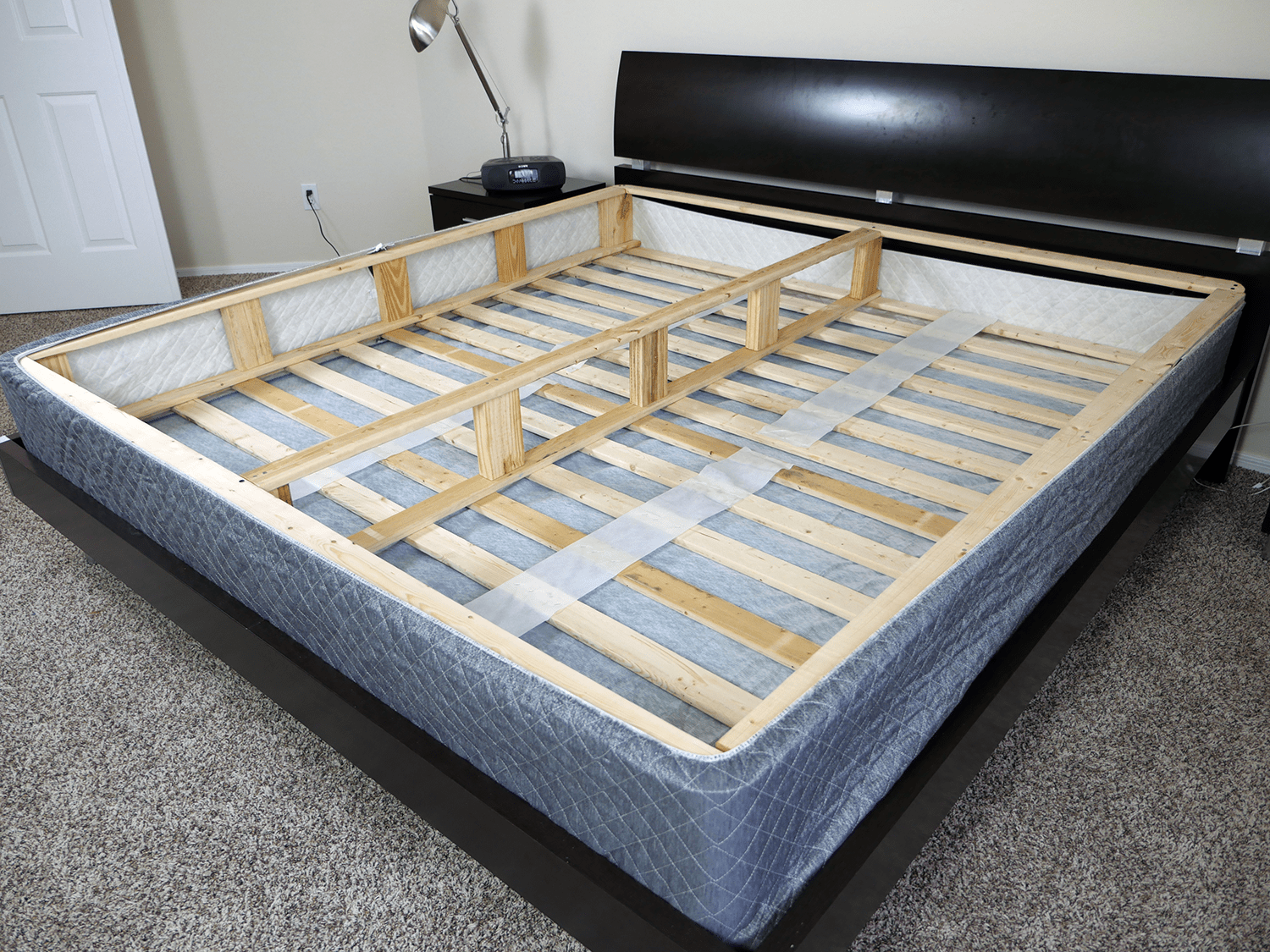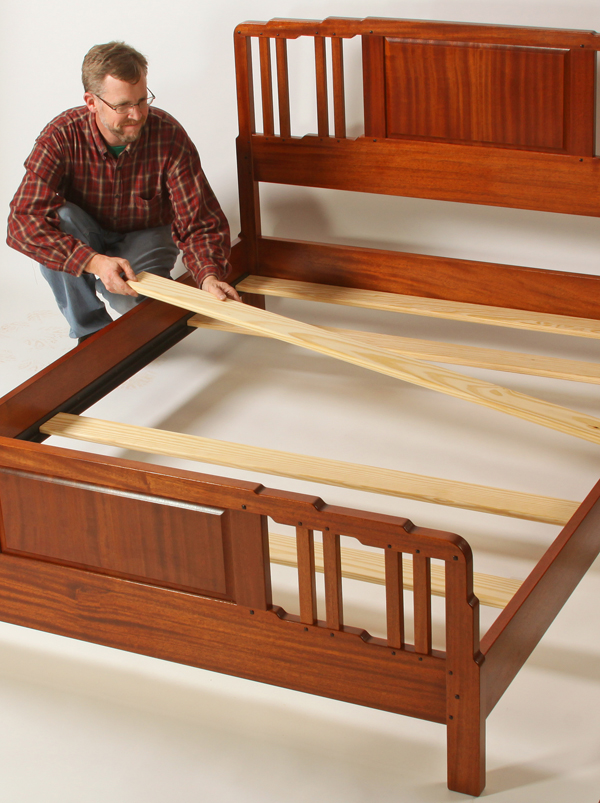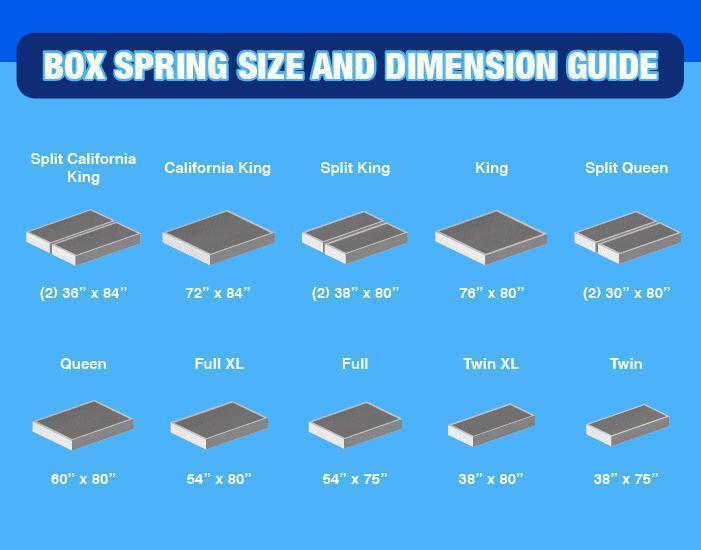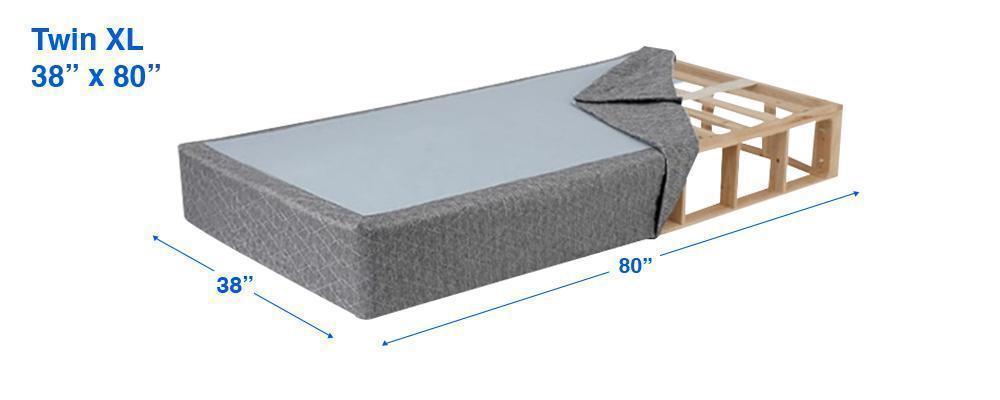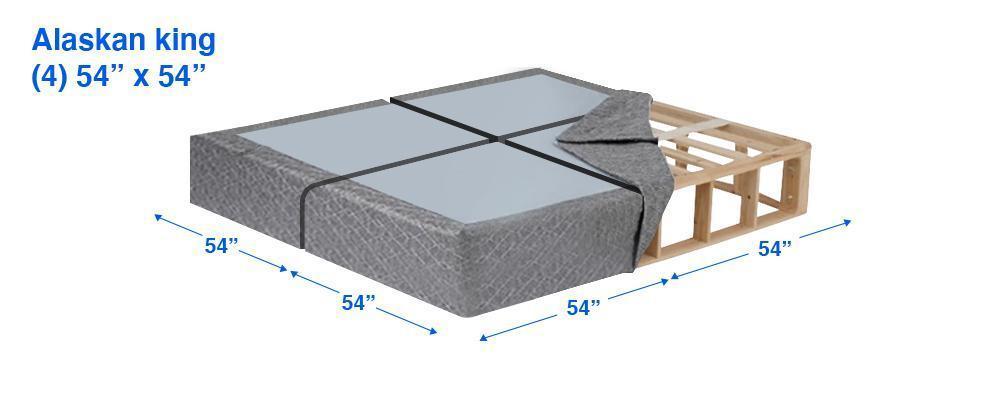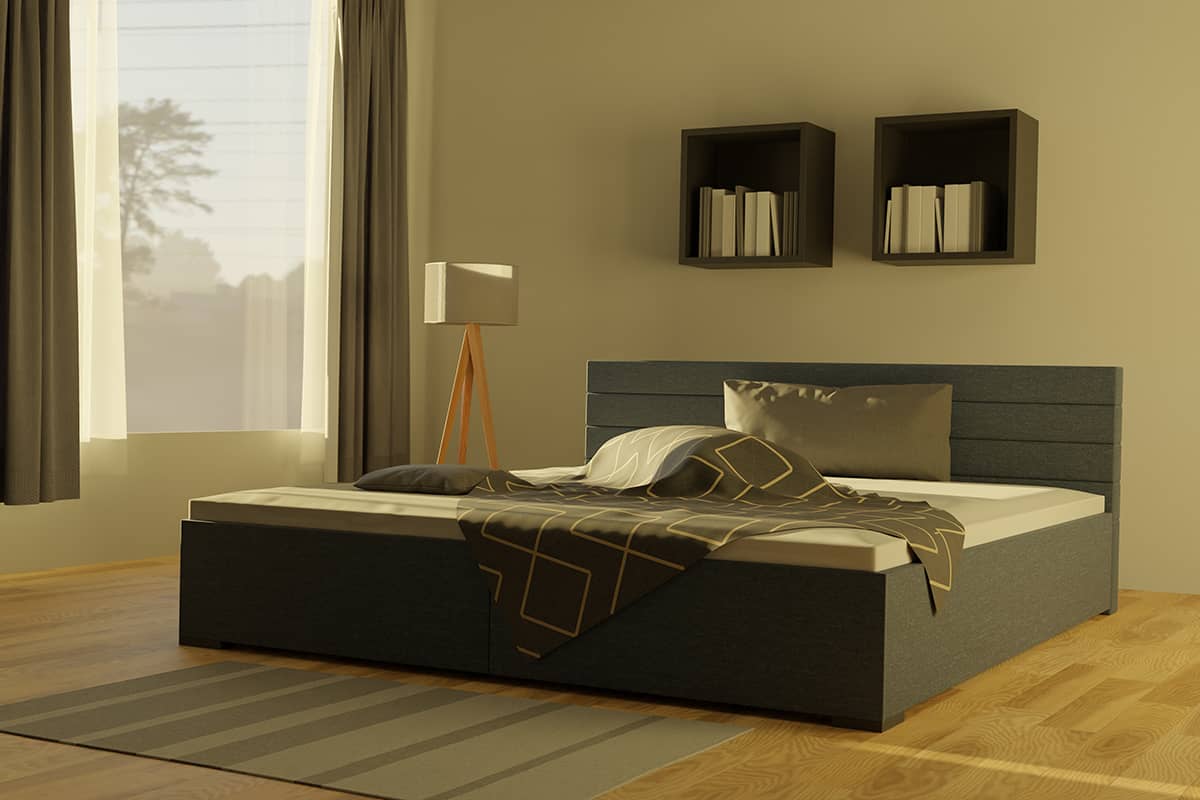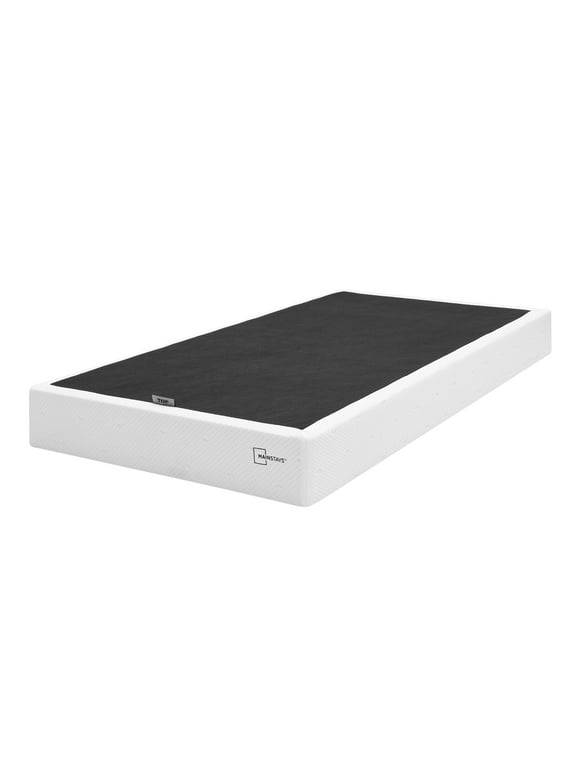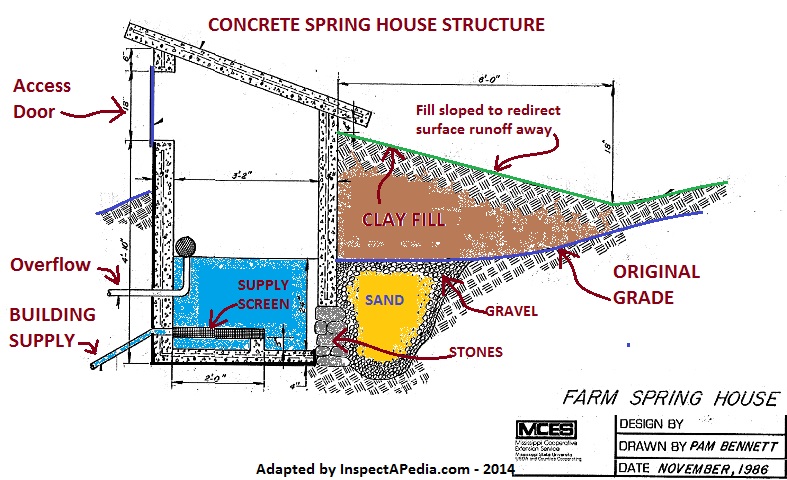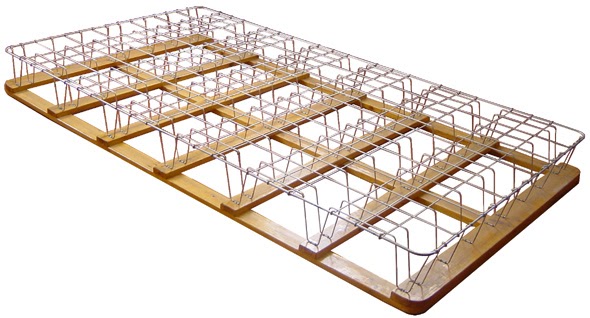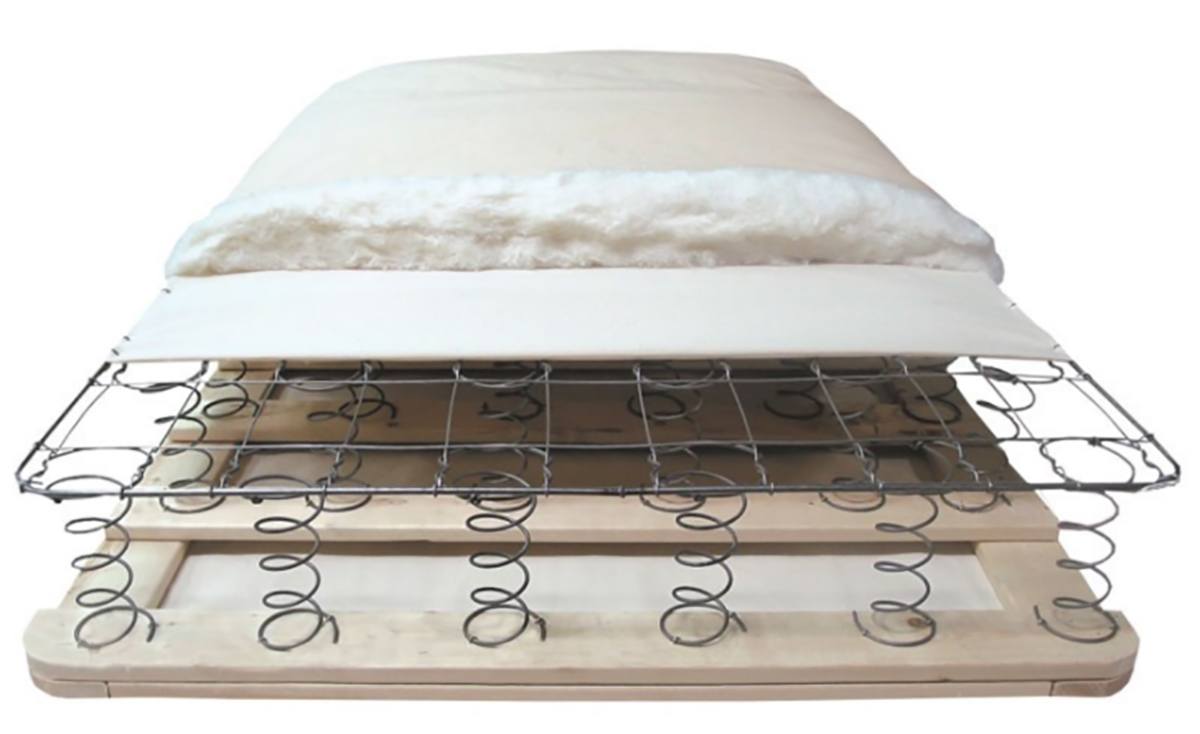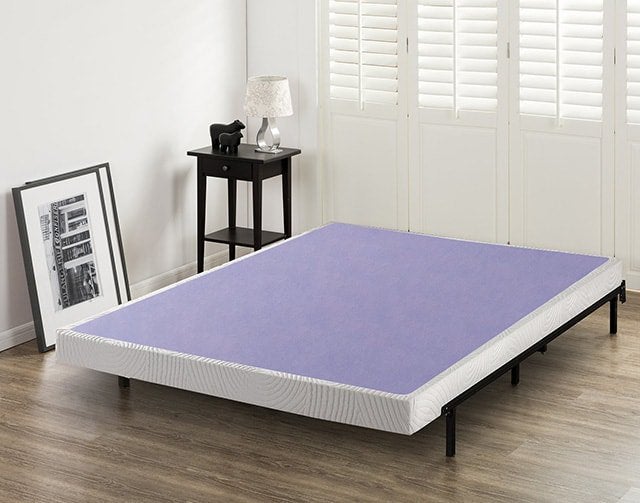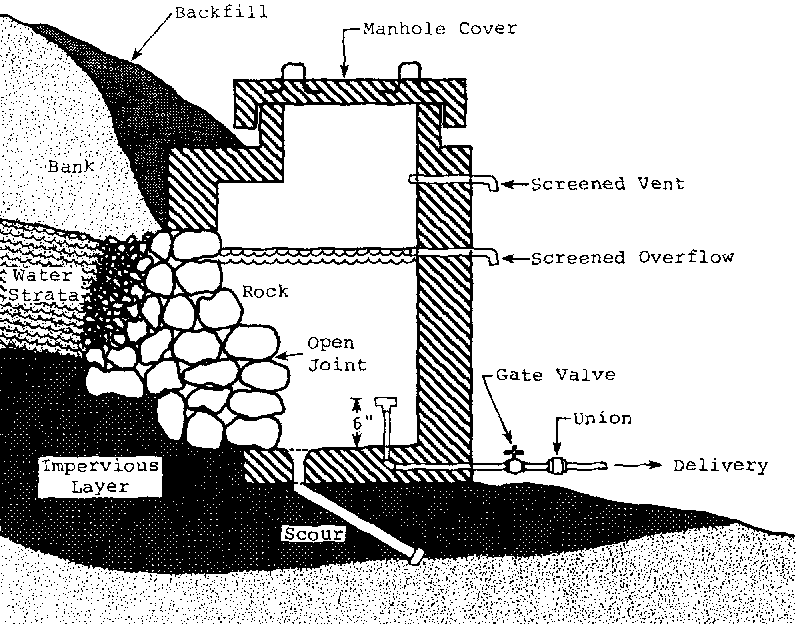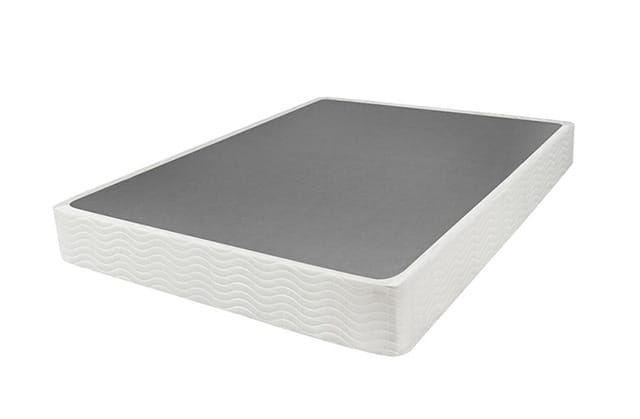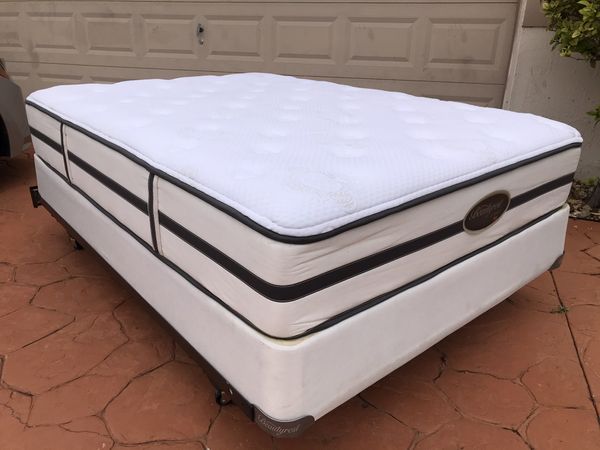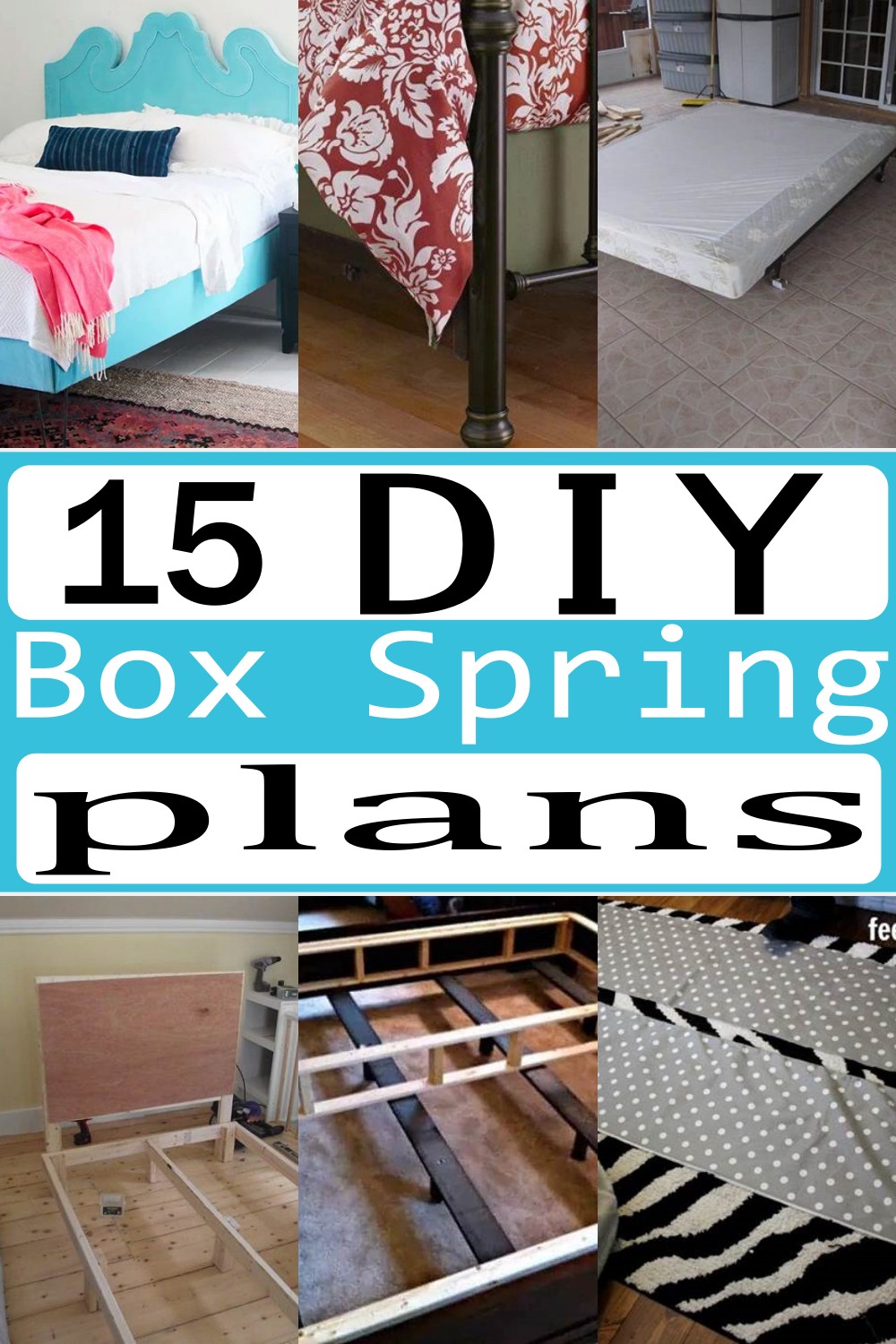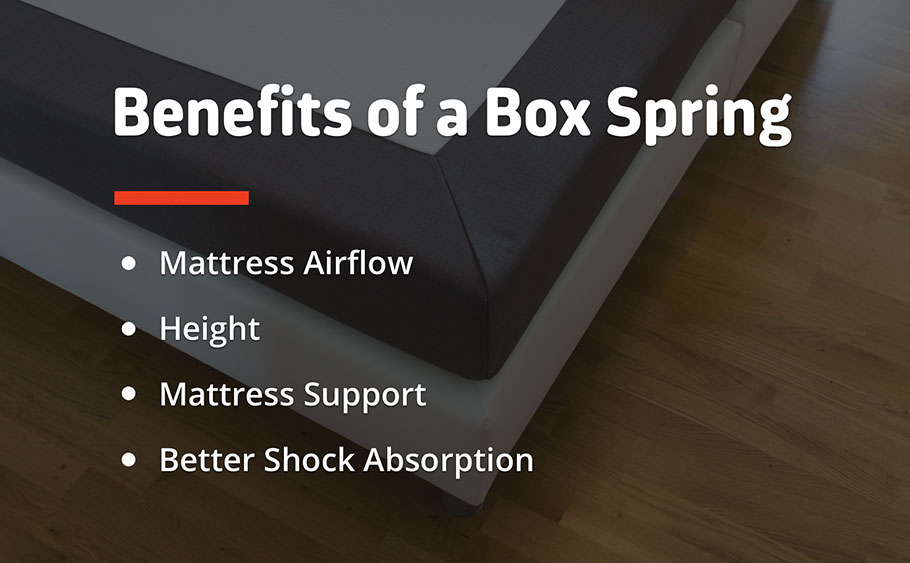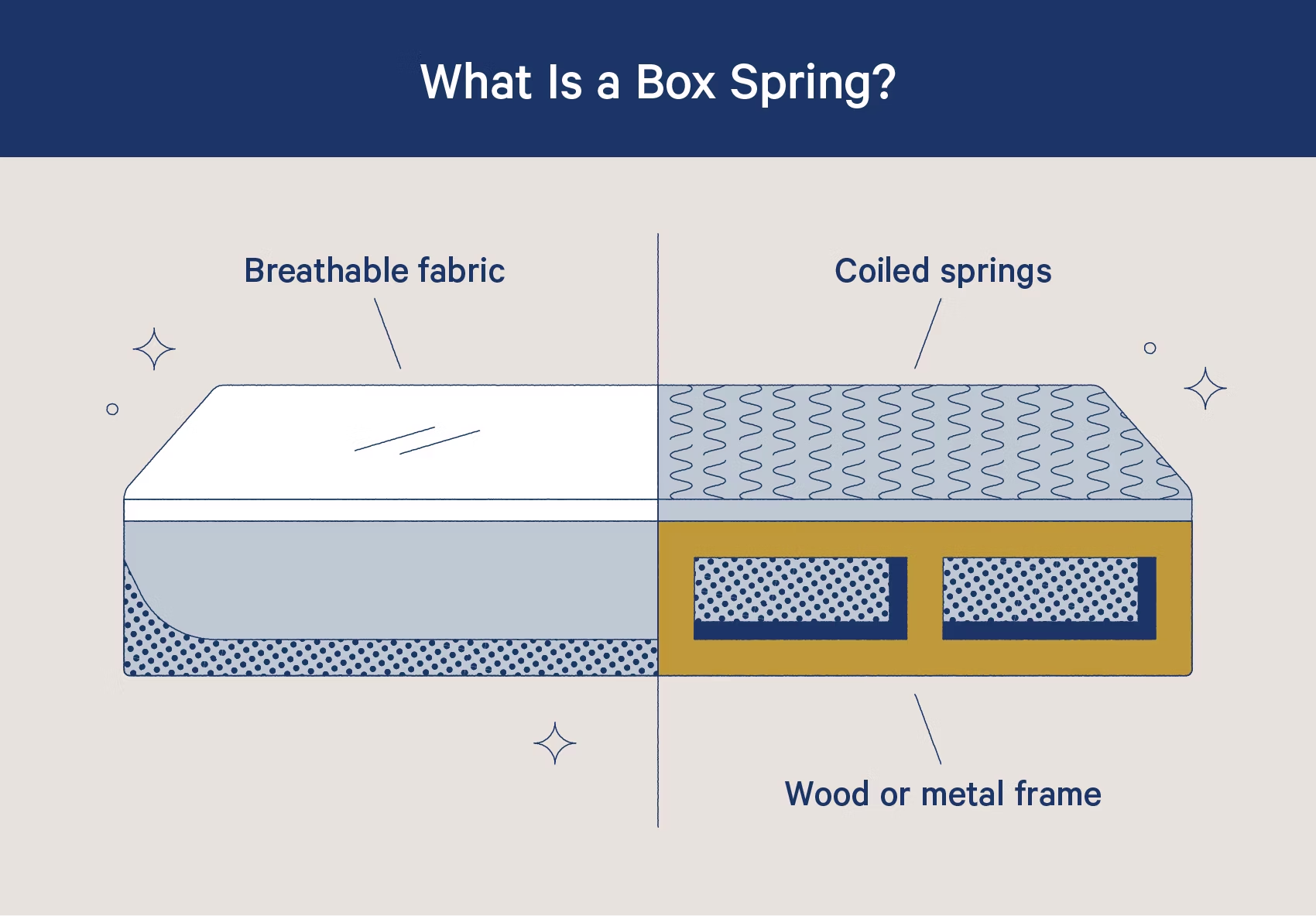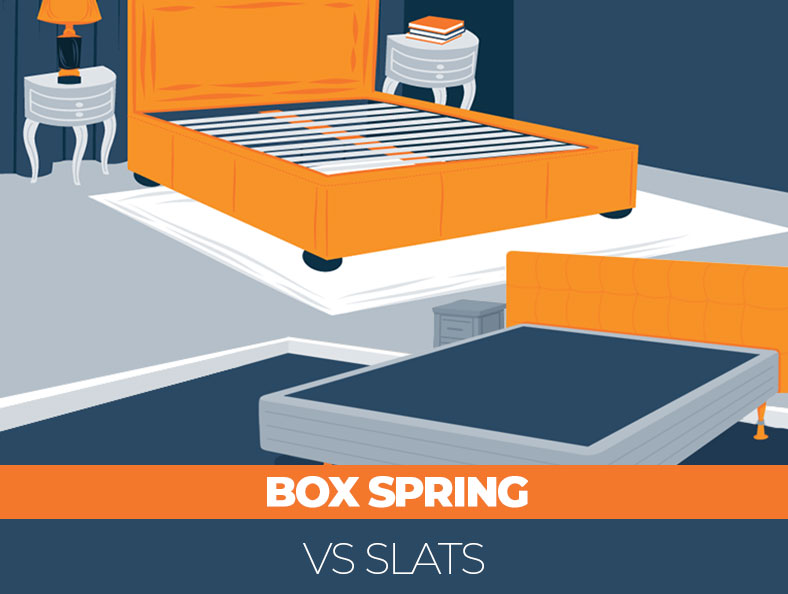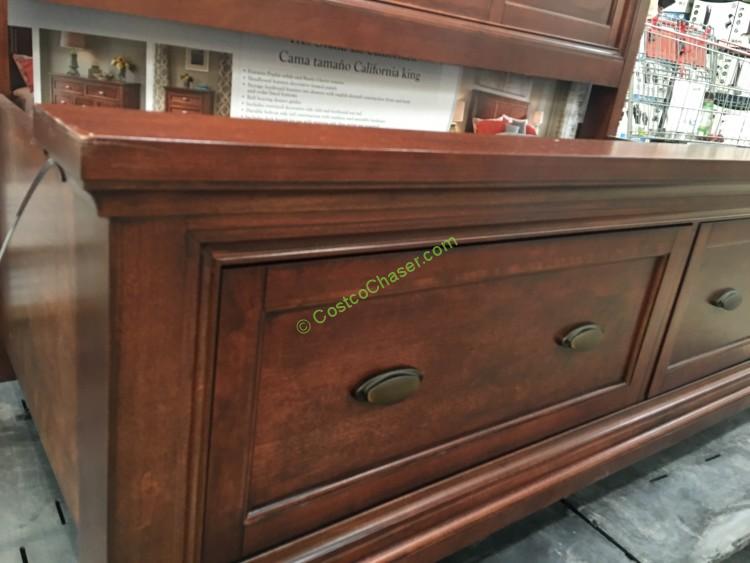When it comes to setting up your bed, the placement of your box spring is just as important as the placement of your mattress. But where exactly should your box spring go? Let's explore the various options and find the perfect spot for your mattress foundation.Box Spring Placement: Finding the Perfect Spot for Your Mattress Foundation
For many years, the most common placement for a box spring was directly under the mattress. This traditional setup provided extra support and height for the bed. However, with the rise of platform beds and other alternatives, this placement is no longer the only option.Box Spring Under Mattress: The Traditional Choice
The main function of a box spring is to provide support for your mattress. By evenly distributing weight and pressure, a box spring helps prevent sagging and prolongs the life of your mattress. Placing it directly under the mattress ensures maximum support for a comfortable and restful sleep.Box Spring Support: What It Does and Why It Matters
Many people use the terms "box spring" and "foundation" interchangeably, but they are actually two different things. A box spring consists of a wooden frame and springs, while a foundation is a solid base made of wood or metal. Both serve the same purpose, but a foundation may be a better choice for heavier mattresses.Box Spring vs Foundation: Understanding the Difference
If you're not a fan of the traditional box spring setup, there are several alternatives to consider. One option is a platform bed, which eliminates the need for a box spring altogether. Another option is a bunkie board, which is a thin, solid foundation that provides support without adding extra height to your bed.Box Spring Alternatives: What Are Your Options?
The height of your box spring can greatly affect the overall look and feel of your bed. A standard box spring is typically around 9 inches tall, but there are also low-profile options that range from 4-6 inches. Consider the height of your bed frame and mattress when choosing the right box spring height for you.Box Spring Height: Finding the Right Balance
Just like mattresses, box springs come in different sizes to match your bed. Make sure to choose a box spring that is the same size as your mattress, whether it's a twin, full, queen, or king. A mismatched size can cause discomfort and affect the overall support of your bed.Box Spring Size: Matching It to Your Mattress
When shopping for a box spring, pay attention to the materials used in its construction. A sturdy wooden frame and durable springs or a solid foundation will ensure long-lasting support for your mattress. Some box springs also come with added features such as additional lumbar support or anti-slip coating.Box Spring Construction: What to Look For
There are several types of box springs available, each with its own unique features. A traditional box spring with springs and wooden frame is a classic choice, while a split box spring is easier to maneuver through tight spaces. Some box springs also come with built-in storage drawers, making them a practical option for smaller bedrooms.Box Spring Types: Which One Is Right for You?
While a box spring may not be a necessary component for your bed, it does offer several benefits. As mentioned, it provides extra support and prolongs the life of your mattress. It also adds height to your bed, making it easier to get in and out, and can help absorb shock and movement for a more peaceful sleep. Now that you know all about box spring placement and the different options available, you can make an informed decision for your own bed setup. Whether you choose a traditional box spring or one of the alternatives, make sure to properly position and maintain it for optimal support and comfort.Box Spring Benefits: Why You Should Consider Using One
The Importance of Box Springs in House Design

The Role of Box Springs in Supporting Your Mattress
 When it comes to house design, every little detail counts, and that includes the type of support you choose for your mattress. While you may be tempted to simply place your mattress directly on the bed frame, using a box spring can greatly enhance your sleeping experience.
Box springs are an essential component for any bed
, providing support and stability to your mattress. They are typically made of a wooden or metal frame with a series of evenly spaced springs or coils, covered by a layer of fabric. This design allows the box spring to absorb the weight and pressure of your body, while also providing added cushioning and bounce.
When it comes to house design, every little detail counts, and that includes the type of support you choose for your mattress. While you may be tempted to simply place your mattress directly on the bed frame, using a box spring can greatly enhance your sleeping experience.
Box springs are an essential component for any bed
, providing support and stability to your mattress. They are typically made of a wooden or metal frame with a series of evenly spaced springs or coils, covered by a layer of fabric. This design allows the box spring to absorb the weight and pressure of your body, while also providing added cushioning and bounce.
The Benefits of Using a Box Spring
 Using a box spring offers several benefits that can greatly improve your overall sleep quality. The first and most obvious advantage is
added support
. Without a box spring, your mattress may sag or become misshapen, leading to discomfort and restless sleep. A box spring helps distribute weight evenly, preventing any one area from bearing too much pressure.
Additionally,
box springs can extend the lifespan of your mattress
. By providing a sturdy base, they help protect your mattress from wear and tear, keeping it in good condition for longer. This can save you money in the long run, as you won't have to replace your mattress as frequently.
Using a box spring offers several benefits that can greatly improve your overall sleep quality. The first and most obvious advantage is
added support
. Without a box spring, your mattress may sag or become misshapen, leading to discomfort and restless sleep. A box spring helps distribute weight evenly, preventing any one area from bearing too much pressure.
Additionally,
box springs can extend the lifespan of your mattress
. By providing a sturdy base, they help protect your mattress from wear and tear, keeping it in good condition for longer. This can save you money in the long run, as you won't have to replace your mattress as frequently.
Choosing the Right Box Spring for Your Mattress
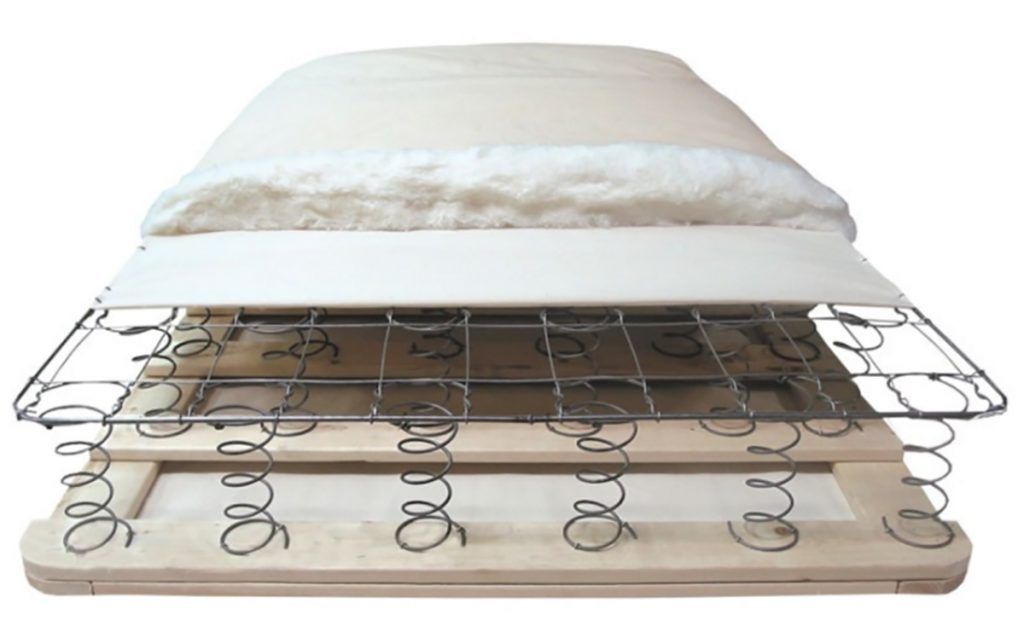 When selecting a box spring for your mattress, it's important to consider the size and type of mattress you have. The box spring should be the same size as your mattress to ensure proper support.
For foam or memory foam mattresses, a low-profile box spring is recommended
, as these types of mattresses do not require as much support as traditional innerspring mattresses.
You should also pay attention to the
quality and durability of the box spring
. Investing in a well-made box spring can ensure it lasts for years to come and provides the necessary support for your mattress.
When selecting a box spring for your mattress, it's important to consider the size and type of mattress you have. The box spring should be the same size as your mattress to ensure proper support.
For foam or memory foam mattresses, a low-profile box spring is recommended
, as these types of mattresses do not require as much support as traditional innerspring mattresses.
You should also pay attention to the
quality and durability of the box spring
. Investing in a well-made box spring can ensure it lasts for years to come and provides the necessary support for your mattress.
In Conclusion
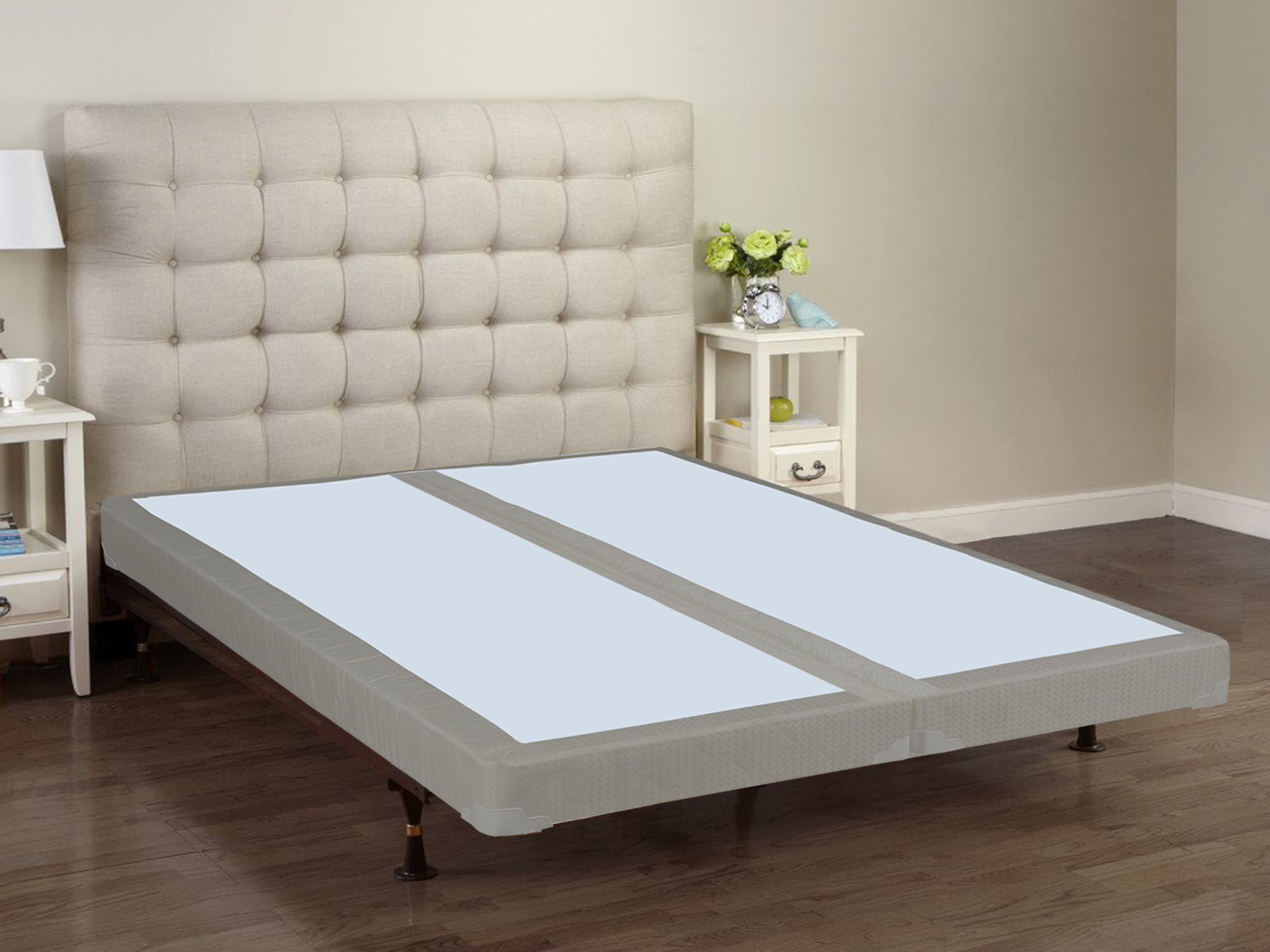 In the world of house design, every element plays a crucial role, and the same goes for the support you choose for your mattress. With the added benefits of support, durability, and cost-effectiveness, it's clear that incorporating a box spring into your bed design is a smart choice. So, when setting up your bedroom, don't forget to include a box spring to complete your sleep sanctuary.
In the world of house design, every element plays a crucial role, and the same goes for the support you choose for your mattress. With the added benefits of support, durability, and cost-effectiveness, it's clear that incorporating a box spring into your bed design is a smart choice. So, when setting up your bedroom, don't forget to include a box spring to complete your sleep sanctuary.
